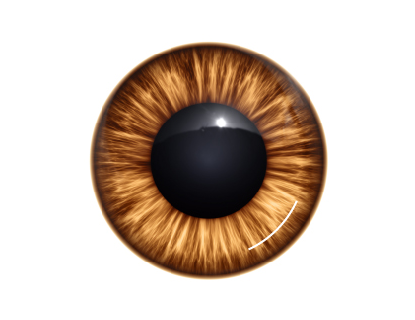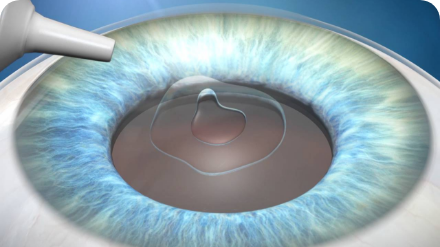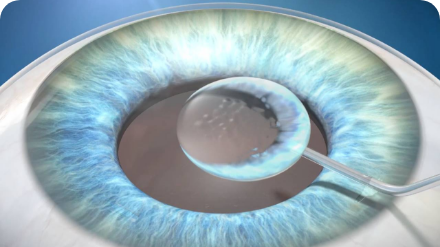Cataract
GS Eye Center wants to create ophthalmology that delivers good results, makes people feel comfortable, and spreads good wills.
Presbyopia that anyone experience over the age of 40, and micro-incision cataract surgery for cataract
Cataract surgery removes a cloudy lens and replaces it by inserting a customized IOL into the place.
If you miss the proper timing for surgery, you may develop complications like acute glaucoma or vitreous hemorrhage.
If you feel discomfort due to a cataract, it is crucial to increase the success rate of cataract surgery through safe surgery at the right timing.
CHECK POINT for GS Eye Center Micro-incision Cataract Surgery
-

Individually customized
Intraocular lens -

Minimum Incision
Quick recovery -

Suture
Not needed -

No magnifying glasses
Daily life -

From the next day
Daily life
GS Eye Center Micro-incision Cataract Excellence
-

Maximize stability with automatic ocular pressure detection system during surgery
-

Pain reduction and quick recovery with ultrasonic micro-incision
-

Minimal damage to corneal endothelial cells with advanced ultrasonic emulsification
-

Treat presbyopia and astigmatism with individually customized IOL implantation
-
Treat presbyopia and astigmatism01
The micro-incision multifocal cataract surgery is a surgical method that solves presbyopia and cataracts, known as geriatric eye diseases, via a single surgery. It has significantly reduced conventional presbyopia correction lenses' problems, including unsatisfactory close-range vision, night vision impairment, and symptoms of halos and light glare.
-

Incision for conventional cataract surgery
-

Incision for micro-incision cataract surgery
-
-
Surgical procedure02
GS Eye Center’s micro-incision cataract surgery is the most popular surgical method of removing a cloudy lens with low-intensity ultrasound. The surgery only requires a minimal incision as it uses ultrasound. Above all, the surgery requires the surgeon's rich clinical experience and know-how.
-
 STEP.01
STEP.01Topical anesthesia
Anesthetize the eyes with eyedrops to prevent pain during surgery.
-
 STEP.02
STEP.02Corneal incision
Make a 2 mm incision to insert an intraocular lens.
-
 STEP.03
STEP.03Protection of the center of the eye
Create a space and administer viscoelastic material into the eye.
-
 STEP.04
STEP.04Lens capsule removal
Make a small hole with thin scalpel in a capsule.
-
 STEP.05
STEP.05Phacoemulsification
Break a cloudy lens into smaller pieces and aspirate them from the eye for removal.
-
 STEP.06
STEP.06IOL Insertion
Insert the IOL into the removed lens capsule.
-
Comparison of Conventional Cataract vs. Micro-incision Cataract Surgery
| Micro-incision Cataract | VS | Micro-incision Cataract Surgery |
|---|---|---|
| Anesthesia by injection | Method of anesthesia | Topical anesthesia |
| Severe | Pain | None |
| Incision more than half | Incision | 1.2~1.3 mm minimal incision |
| Ultrasound | Phacoemulsification | Ultrasound |
| Long | Recovery period | Short |
| Suture with thread | Suture | None |

